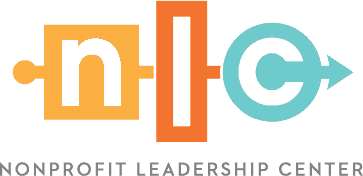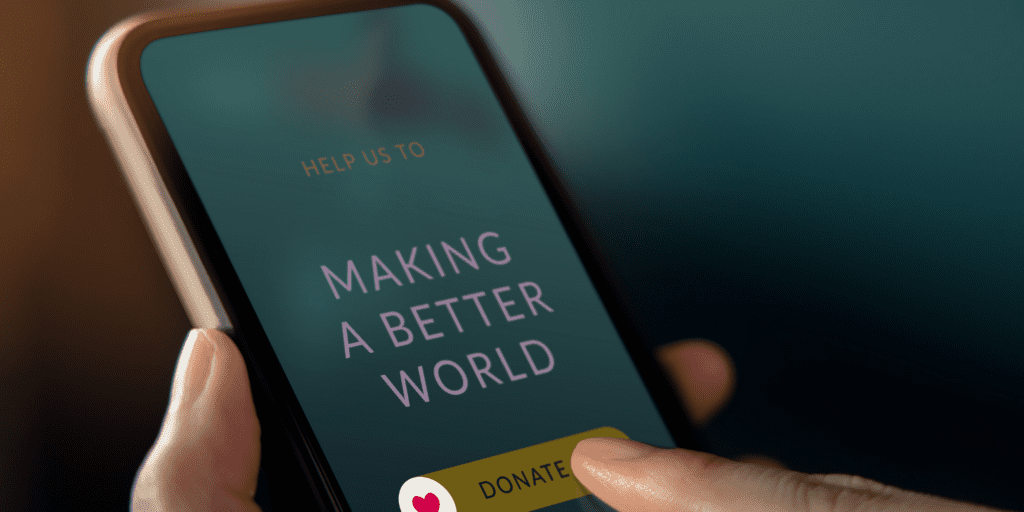Online giving has grown 10% during the past three years (Blackbaud). After the pandemic prevented many nonprofits from traditional fundraising events and in-person activities, mastering your digital fundraising is critical — today and every day. These digital fundraising tips from Nonprofit Leadership Center trainer and fundraising expert Sara Leonard will help your organization remain financially strong for long-term success.
1. Your Why Must Be Your Rallying Cry
Regardless of whether your organization is fundraising through traditional events or online, people give for one of two reasons — to save lives or change lives. This needs to be at the heart of all your communications and digital tactics at every level of the fundraising cycle. Whether you’re hosting a Facebook fundraiser or a traditional gala, your mission should be at the center of your messaging.
Ensure the why behind what you do is clear on your website and donation form. Think about what your donors are seeing and make it easy to understand why you need their support and how their contributions make a difference. Whenever and wherever possible, make it less about your organization and more about how their impact saves and changes lives.
2. Digital fundraising is not social media.
Social media is designed to connect people through the Internet and technology. Digital fundraising is reaching out to donors across all digital channels through the entire fundraising continuum — from cultivating relationships to activating their engagement to reporting back on success and progress as a partner. It includes your website, email, online giving platforms and social media. Digital fundraising isn’t just about making asks online. It’s about the entire fundraising cycle. Do not be the estranged cousin that you only hear from when you need money.
3. Share more than you ask.
Although digital fundraising is not just about social media, people are spending more time on social than ever before. Being present and part of the conversation is critical, but not just to make asks. Balance your content using the 80/20 rule — share valuable content 80% of the time and make asks or calls to action related to your mission only 20% of the time. Social media is about cultivating relationships, so make sure you’re doing that. For instance, you could introduce your staff, take them behind the scenes, share content or tips from partners, etc.
4. Go where your audience is.
When choosing social media outlets in which to have a presence, be active on the channels where your audiences are, and prioritize those that are driving the most engagement and website traffic. Do not try to move your audience to a platform that you are most comfortable with. For example, if your audience is most active on Twitter, be sure to focus on Twitter. If you have an audience that is highly focused in the professional space, LinkedIn will be more appropriate than Snapchat or TikTok. If you aren’t sure where to begin, research similar organizations to learn from your peers about what’s working or not working.
5. Make your website the hub.
In the wheel of digital tools, your website should be the center where all spokes extend. Across all your digital communications activities — from social media posts to emails — you want to drive audiences back to your website, whether to offer valuable content and resources or to drive action. Be sure that your site is optimized for mobile since 26% of online donations come directly from mobile devices.
6. Give your board a megaphone.
Digital fundraising and communications are a great way to get your board involved. Keep them updated on what your organization is doing and ask them to share your messages within their own networks of influence to extend your reach. There are different levels of engagement based on their interest and capacity — from simply sharing a message or ask from your organization with their personal point of view, to recording and sharing a video or hosting a Facebook fundraiser.

